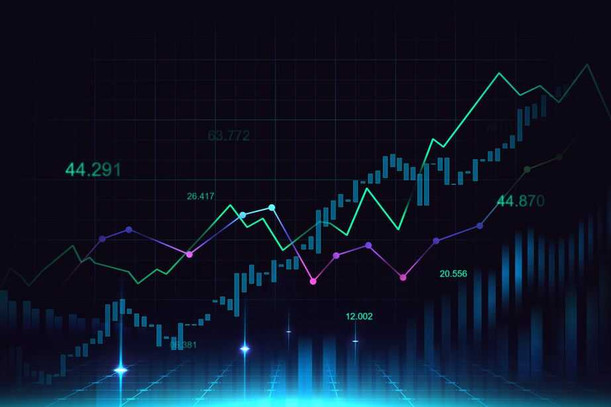Fundamental market analysis and technical analysis by themselves are great. Now, imagine them working together.
Fundamental analysis allows you to reduce investment risks by studying the real value of assets and finding expensive and cheap currencies. Technical analysis will enable you to determine the best times to buy and sell.
By combining the two tools, we can reduce the risk of loss to a minimum and maximize the potential profits in trading.
Fundamental And Technical Analysis Complement Each Other
The tools combined, as mentioned above, are better. Fundamental analysis allows us to gather all the statistical information about the market. The data collected can be then used in the technical analysis to determine the low and high points for a trade.
The technical analysis provides information about the risks and benefits of buying or selling a currency at any given time. It can work very well together with the fundamental method in order to establish low-risk and high-profit opportunities.
As it can denote, both methods seek a common goal to minimize risks and maximize profits. The information provided by one is used by the other to analyze and develop conclusions about the market.
How Can You Combine The Two Approaches?
There are several ways to combine both techniques of market analysis in trading. In this article, we will look at three situations when you can do that to gain an advantage.
- Range-Bound markets
Managing the market's downswings and upswings is crucial for every trader. Technical analysis and fundamental analysis are powerful tools as both allow us to establish market behaviour jointly. Fundamental analysis will get you information related to the underlying forces that are driving markets (or keeping the price range-bound) while technical analysis is great for precisely picking potential tops and bottoms in a ranging market.
It is essential to keep in mind that certain external factors can momentarily alter price behaviour and the trading ranges. By using both methods, you can delimit the area of change and determine when prices return to their ordinary course.
- Breakouts
There are times when doing nothing is the best and only option to win in trading. The reason is simple because there are too many unknown variables, and any action can make you lose money. Suppose there was a natural disaster that affected the price ranges; the best thing to do is wait and get more information.
But once you have more information and have done your homework with technical and fundamental analysis, perhaps it will be the right decision to jump on board and take that breakout trade. By using technicals and fundamentals jointly you will increase the chances to only get into true breakouts instead of the fakeouts.
Another example is taking a break from trading at the time of new releases. It is essential to identify the behaviour of the market and whether any directional movement is genuine or could turn fake. This will enable you to correctly determine the low and high points of the price fluctuations.
- Trends
Using charts that show market behaviour is an essential tool for most professional market analysts. In the case of trading, technical analysis allows you to determine how powerful a trend currently is and potential entry points to join that trend.
Fundamental analysis helps you to determine what were the factors that drove that trend and whether those factors will continue to drive that trend or it will be reversed.
Like in the two other situations discussed above (range-bound markets and breakouts), combining technical analysis with fundamental analysis is all about increasing your probabilities of making a winning trade.





